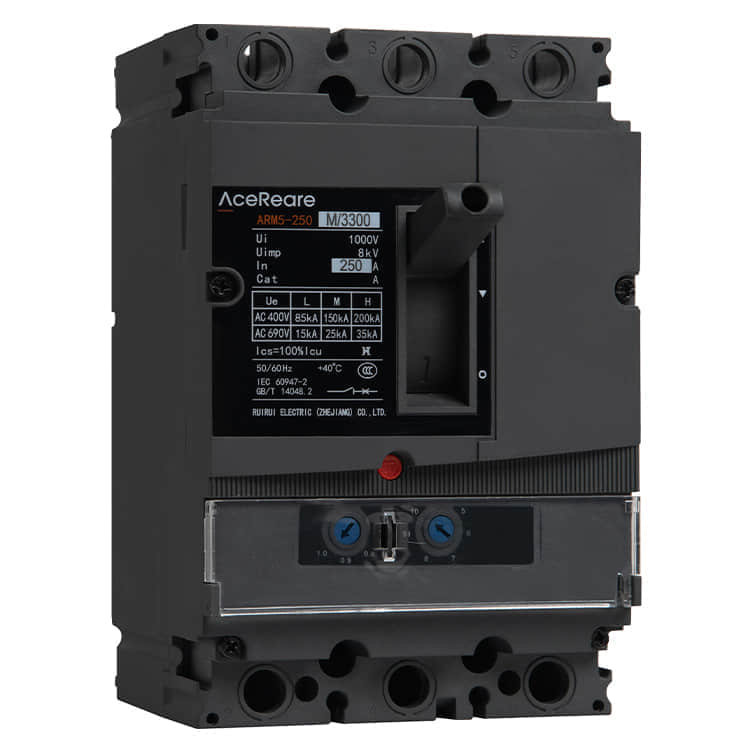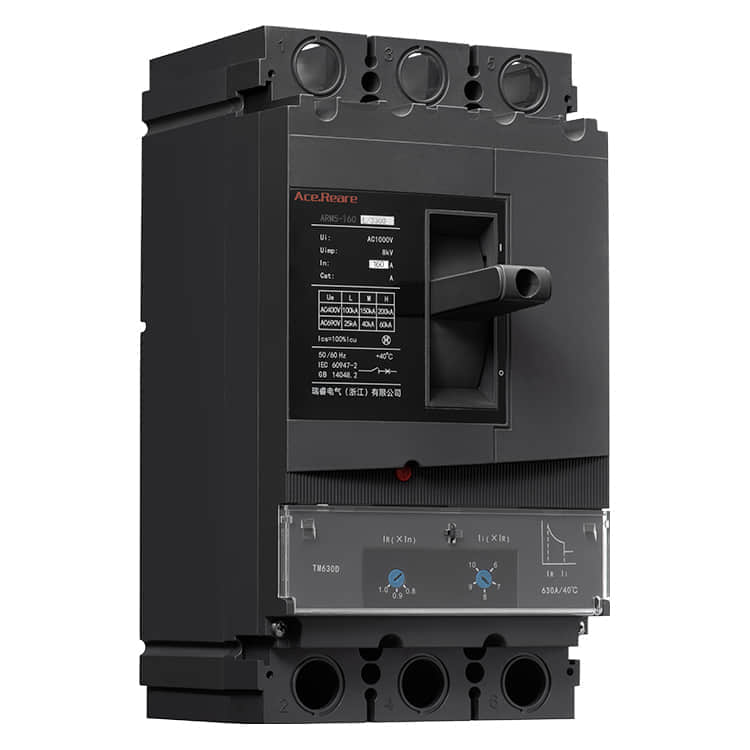In the realm of electrical systems and power distribution, safety stands as an unwavering priority. This objective has led to the development of various protective devices and mechanisms, among which Double-Breaker Moulded Case Circuit Breakers (DB-MCCBs) occupy a crucial role. In this article, we will delve into the world of DB-MCCBs, exploring their construction, advantages, and the pivotal role they play in ensuring electrical safety.

1. Introduction to DB-MCCBs

DB-MCCBs are a sophisticated evolution of traditional circuit breakers, designed to provide enhanced protection in various electrical applications. These circuit breakers, typically installed in distribution boards or switchgear, offer a higher level of safety due to their unique design featuring two sets of contacts for breaking the electrical circuit. 2. Construction and Working Principle The construction of a DB-MCCB is a testament to modern engineering precision. It consists of two sets of contacts, aptly named “double-breakers,” which serve as the main disconnecting elements. These contacts are housed within a moulded case made of insulating material. The key working principle involves the separation of these contacts when a fault occurs. When the current exceeds the rated value or a short circuit occurs, the DB-MCCB detects the abnormal current flow and triggers the double-breaker mechanism. Both sets of contacts open simultaneously, ensuring a swift and efficient interruption of the electrical circuit. This dual-break feature provides an added layer of protection compared to single-break circuit breakers. 3. Advantages of DB-MCCBs DB-MCCBs offer several advantages that make them a preferred choice in various electrical applications: a. Enhanced Safety:The double-break mechanism provides superior protection against electrical faults, reducing the risk of damage to equipment and the possibility of electrical fires. b. Higher Interrupting Capacity:DB-MCCBs are capable of interrupting higher fault currents, making them suitable for industrial and commercial settings where heavy loads are common. c. Durability:Their robust construction and materials ensure a long operational life, even in harsh environmental conditions. d. Selective Coordination:DB-MCCBs can be coordinated with other protective devices in the electrical system, allowing for selective tripping to isolate specific faults without disrupting the entire system. e. Easy Maintenance:Many DB-MCCBs are designed for easy maintenance, with features such as replaceable contacts and accessible trip units. 4. Applications of DB-MCCBs DB-MCCBs find applications in a wide range of industries and settings, including: a. Industrial Facilities:They are commonly used in manufacturing plants, refineries, and other industrial environments to protect equipment and personnel from electrical faults. b. Commercial Buildings:DB-MCCBs are installed in distribution panels in office buildings, shopping centers, and hotels to ensure reliable power distribution. c. Renewable Energy:With the growing adoption of renewable energy sources, DB-MCCBs are used in solar and wind power systems to protect against overcurrents and short circuits. d. Data Centers:These critical facilities rely on DB-MCCBs to maintain uninterrupted power supply and protect sensitive equipment. 5. Conclusion Double-Breaker Moulded Case Circuit Breakers represent a significant advancement in electrical safety. Their unique design, enhanced safety features, and wide range of applications make them an invaluable component of modern electrical systems. By preventing electrical faults from escalating into dangerous situations, DB-MCCBs contribute to the protection of both people and property, ensuring a safer and more reliable electrical infrastructure for the future.
